HSBC 2010 Annual Report Download - page 148
Download and view the complete annual report
Please find page 148 of the 2010 HSBC annual report below. You can navigate through the pages in the report by either clicking on the pages listed below, or by using the keyword search tool below to find specific information within the annual report.-
 1
1 -
 2
2 -
 3
3 -
 4
4 -
 5
5 -
 6
6 -
 7
7 -
 8
8 -
 9
9 -
 10
10 -
 11
11 -
 12
12 -
 13
13 -
 14
14 -
 15
15 -
 16
16 -
 17
17 -
 18
18 -
 19
19 -
 20
20 -
 21
21 -
 22
22 -
 23
23 -
 24
24 -
 25
25 -
 26
26 -
 27
27 -
 28
28 -
 29
29 -
 30
30 -
 31
31 -
 32
32 -
 33
33 -
 34
34 -
 35
35 -
 36
36 -
 37
37 -
 38
38 -
 39
39 -
 40
40 -
 41
41 -
 42
42 -
 43
43 -
 44
44 -
 45
45 -
 46
46 -
 47
47 -
 48
48 -
 49
49 -
 50
50 -
 51
51 -
 52
52 -
 53
53 -
 54
54 -
 55
55 -
 56
56 -
 57
57 -
 58
58 -
 59
59 -
 60
60 -
 61
61 -
 62
62 -
 63
63 -
 64
64 -
 65
65 -
 66
66 -
 67
67 -
 68
68 -
 69
69 -
 70
70 -
 71
71 -
 72
72 -
 73
73 -
 74
74 -
 75
75 -
 76
76 -
 77
77 -
 78
78 -
 79
79 -
 80
80 -
 81
81 -
 82
82 -
 83
83 -
 84
84 -
 85
85 -
 86
86 -
 87
87 -
 88
88 -
 89
89 -
 90
90 -
 91
91 -
 92
92 -
 93
93 -
 94
94 -
 95
95 -
 96
96 -
 97
97 -
 98
98 -
 99
99 -
 100
100 -
 101
101 -
 102
102 -
 103
103 -
 104
104 -
 105
105 -
 106
106 -
 107
107 -
 108
108 -
 109
109 -
 110
110 -
 111
111 -
 112
112 -
 113
113 -
 114
114 -
 115
115 -
 116
116 -
 117
117 -
 118
118 -
 119
119 -
 120
120 -
 121
121 -
 122
122 -
 123
123 -
 124
124 -
 125
125 -
 126
126 -
 127
127 -
 128
128 -
 129
129 -
 130
130 -
 131
131 -
 132
132 -
 133
133 -
 134
134 -
 135
135 -
 136
136 -
 137
137 -
 138
138 -
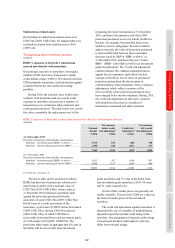 139
139 -
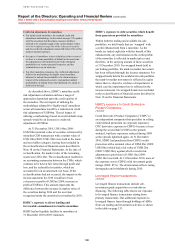 140
140 -
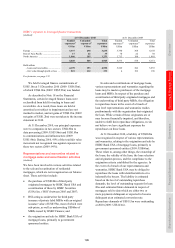 141
141 -
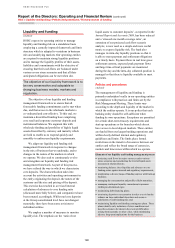 142
142 -
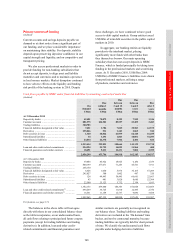 143
143 -
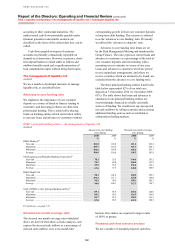 144
144 -
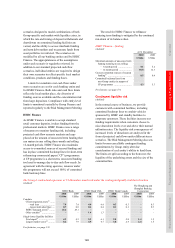 145
145 -
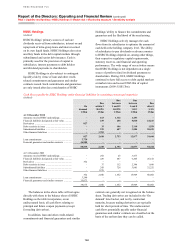 146
146 -
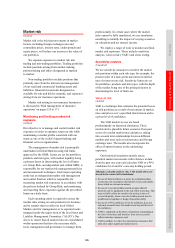 147
147 -
 148
148 -
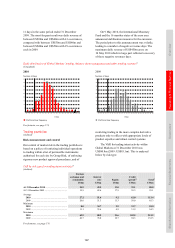 149
149 -
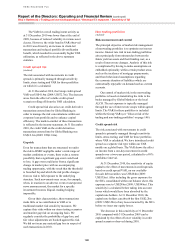 150
150 -
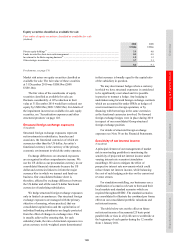 151
151 -
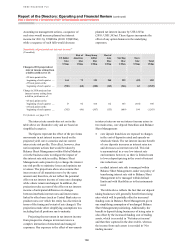 152
152 -
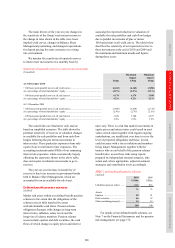 153
153 -
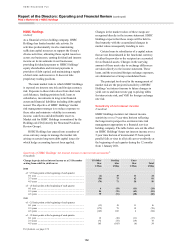 154
154 -
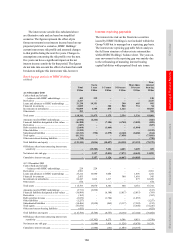 155
155 -
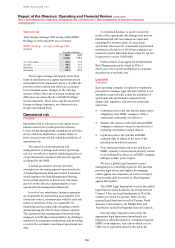 156
156 -
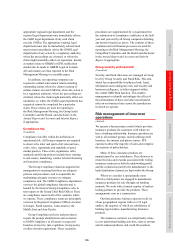 157
157 -
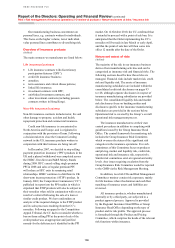 158
158 -
 159
159 -
 160
160 -
 161
161 -
 162
162 -
 163
163 -
 164
164 -
 165
165 -
 166
166 -
 167
167 -
 168
168 -
 169
169 -
 170
170 -
 171
171 -
 172
172 -
 173
173 -
 174
174 -
 175
175 -
 176
176 -
 177
177 -
 178
178 -
 179
179 -
 180
180 -
 181
181 -
 182
182 -
 183
183 -
 184
184 -
 185
185 -
 186
186 -
 187
187 -
 188
188 -
 189
189 -
 190
190 -
 191
191 -
 192
192 -
 193
193 -
 194
194 -
 195
195 -
 196
196 -
 197
197 -
 198
198 -
 199
199 -
 200
200 -
 201
201 -
 202
202 -
 203
203 -
 204
204 -
 205
205 -
 206
206 -
 207
207 -
 208
208 -
 209
209 -
 210
210 -
 211
211 -
 212
212 -
 213
213 -
 214
214 -
 215
215 -
 216
216 -
 217
217 -
 218
218 -
 219
219 -
 220
220 -
 221
221 -
 222
222 -
 223
223 -
 224
224 -
 225
225 -
 226
226 -
 227
227 -
 228
228 -
 229
229 -
 230
230 -
 231
231 -
 232
232 -
 233
233 -
 234
234 -
 235
235 -
 236
236 -
 237
237 -
 238
238 -
 239
239 -
 240
240 -
 241
241 -
 242
242 -
 243
243 -
 244
244 -
 245
245 -
 246
246 -
 247
247 -
 248
248 -
 249
249 -
 250
250 -
 251
251 -
 252
252 -
 253
253 -
 254
254 -
 255
255 -
 256
256 -
 257
257 -
 258
258 -
 259
259 -
 260
260 -
 261
261 -
 262
262 -
 263
263 -
 264
264 -
 265
265 -
 266
266 -
 267
267 -
 268
268 -
 269
269 -
 270
270 -
 271
271 -
 272
272 -
 273
273 -
 274
274 -
 275
275 -
 276
276 -
 277
277 -
 278
278 -
 279
279 -
 280
280 -
 281
281 -
 282
282 -
 283
283 -
 284
284 -
 285
285 -
 286
286 -
 287
287 -
 288
288 -
 289
289 -
 290
290 -
 291
291 -
 292
292 -
 293
293 -
 294
294 -
 295
295 -
 296
296 -
 297
297 -
 298
298 -
 299
299 -
 300
300 -
 301
301 -
 302
302 -
 303
303 -
 304
304 -
 305
305 -
 306
306 -
 307
307 -
 308
308 -
 309
309 -
 310
310 -
 311
311 -
 312
312 -
 313
313 -
 314
314 -
 315
315 -
 316
316 -
 317
317 -
 318
318 -
 319
319 -
 320
320 -
 321
321 -
 322
322 -
 323
323 -
 324
324 -
 325
325 -
 326
326 -
 327
327 -
 328
328 -
 329
329 -
 330
330 -
 331
331 -
 332
332 -
 333
333 -
 334
334 -
 335
335 -
 336
336 -
 337
337 -
 338
338 -
 339
339 -
 340
340 -
 341
341 -
 342
342 -
 343
343 -
 344
344 -
 345
345 -
 346
346 -
 347
347 -
 348
348 -
 349
349 -
 350
350 -
 351
351 -
 352
352 -
 353
353 -
 354
354 -
 355
355 -
 356
356 -
 357
357 -
 358
358 -
 359
359 -
 360
360 -
 361
361 -
 362
362 -
 363
363 -
 364
364 -
 365
365 -
 366
366 -
 367
367 -
 368
368 -
 369
369 -
 370
370 -
 371
371 -
 372
372 -
 373
373 -
 374
374 -
 375
375 -
 376
376 -
 377
377 -
 378
378 -
 379
379 -
 380
380 -
 381
381 -
 382
382 -
 383
383 -
 384
384 -
 385
385 -
 386
386 -
 387
387 -
 388
388 -
 389
389 -
 390
390 -
 391
391 -
 392
392 -
 393
393 -
 394
394 -
 395
395 -
 396
396
 |
 |

HSBC HOLDINGS PLC
Report of the Directors: Operating and Financial Review (continued)
Risk > Market risk > Sensitivity analysis / Trading and non-trading portfolios
146
We routinely validate the accuracy of our VAR
models by back-testing the actual daily profit and
loss results, adjusted to remove non-modelled
items such as fees and commissions, against the
corresponding VAR numbers. Statistically, we would
expect to see losses in excess of VAR only 1% of the
time over a one-year period. The actual number of
excesses over this period can therefore be used to
gauge how well the models are performing.
Stress testing
(Audited)
In recognition of VAR’s limitations, we augment it
with stress testing to evaluate the potential impact on
portfolio values of more extreme, although plausible,
events or movements in a set of financial variables.
The process is governed by the Stress Testing
Review Group forum which, in conjunction with
regional risk managers, determines the scenarios to
be applied at portfolio and consolidated levels, as
follows:
• sensitivity scenarios consider the impact of any
single risk factor or set of factors that are
unlikely to be captured within the VAR models,
such as the break of a currency peg;
• technical scenarios consider the largest move in
each risk factor, without consideration of any
underlying market correlation;
• hypothetical scenarios consider potential macro
economic events, for example, a global flu
pandemic; and
• historical scenarios incorporate historical
observations of market movements during
previous periods of stress which would not be
captured within VAR.
Stress testing results provide senior management
with an assessment of the financial effect such
events would have on our profit.
Trading and non-trading portfolios
(Audited)
The following table provides an overview of the
reporting of risks within this section:
Portfolio
Trading Non-trading
Risk type
Foreign exchange and
commodity ........................ VAR VAR63
Interest rate ........................... VAR VAR64
Equity .................................... VAR Sensitivity
Credit spread ......................... VAR VAR65
For footnotes, see page 174.
Value at risk of the trading and non-trading
portfolios
Our Group VAR, both trading and non-trading, was
as follows:
Value at risk (excluding credit spread VAR)
(Audited)
2010 2009
US$m US$m
At 31 December ................... 266.6 204.5
Average ................................ 199.8 156.1
Minimum ............................. 139.5 105.7
Maximum ............................. 285.7 204.5
The rise in interest rate volatility, coupled with a
modest increase in underlying interest rate exposure,
resulted in a higher VAR and higher maximum VAR
at the end of 2010 compared with the end of 2009.
The volatility in the other asset classes in 2010 was
lower than in 2009.
Our Group daily VAR, both trading and non-
trading, was as follows:
Daily VAR (excluding credit spread) (US$m)
(Unaudited)
0
50
100
150
200
250
300
Dec-08 Apr-09 Aug-09 Dec-09 Apr-10 Aug-10 Dec-10
The major contributor to our Group trading and
non-trading VAR was Global Markets.
The histogram below illustrates the frequency of
daily revenue arising from Global Markets’ trading,
balance sheet management and other trading
activities.
Daily revenue
(Unaudited)
2010 2009
US$m US$m
Average daily revenue ......... 49.3 59.9
Standard deviation66 ............. 37.8 38.4
For footnote, see page 174.
An analysis of the frequency distribution of
daily revenue shows that there were nine days with
negative revenues during 2010 compared with
